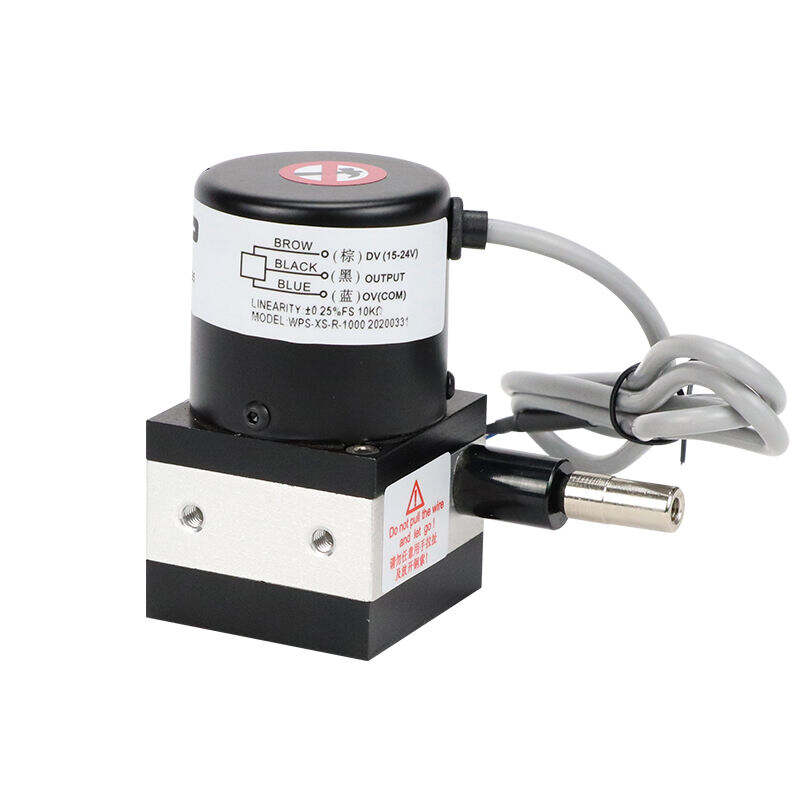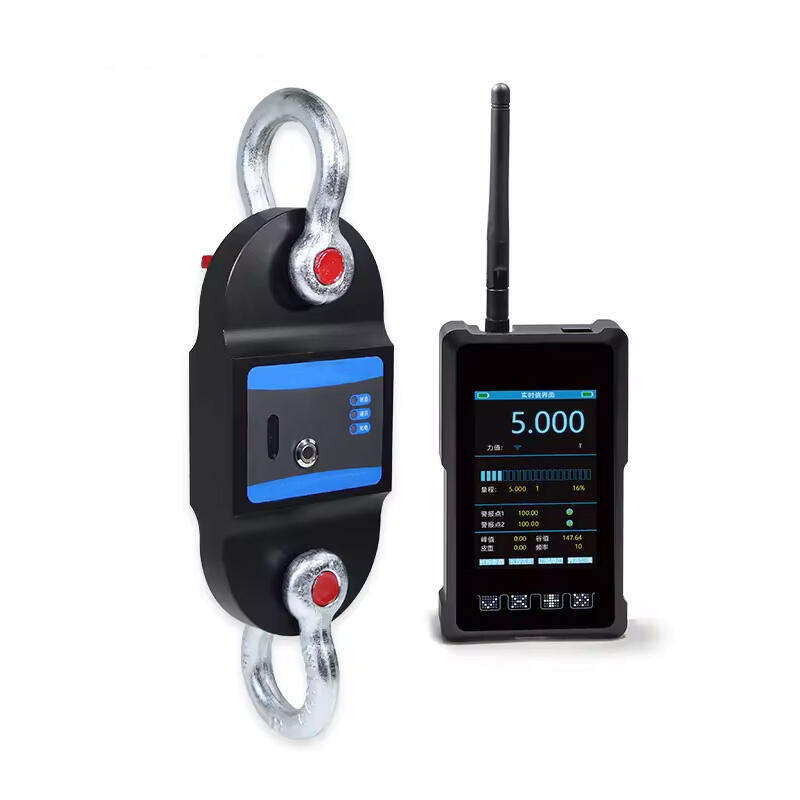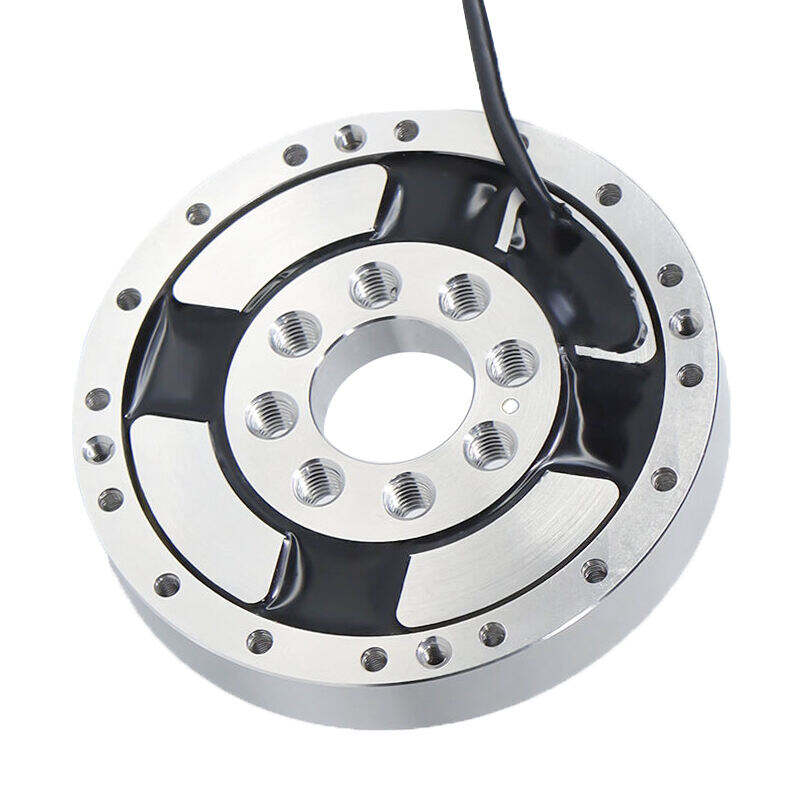Types of load cell sensor
Load cell sensors come in various types, each designed for specific applications and measurement requirements. The main types include compression load cells, tension load cells, beam load cells, S-type load cells, and button load cells. Compression load cells are designed to measure force applied vertically downward, making them ideal for weighing applications in industrial scales and hoppers. Tension load cells measure pulling forces and are commonly used in crane scales and lifting applications. Beam load cells, available in both single-point and double-ended configurations, excel in platform scales and conveyor belt weighing systems. S-type load cells, named for their distinctive shape, can measure both tension and compression forces, offering versatility in various applications. Button load cells, also known as pancake load cells, are compact and suitable for limited-space applications. These sensors utilize strain gauge technology, where the applied force causes mechanical deformation, which is converted into an electrical signal proportional to the load. Modern load cell sensors often incorporate advanced features such as temperature compensation, electromagnetic interference protection, and digital output options. They find extensive use in industries including manufacturing, agriculture, aerospace, and research laboratories, providing accurate force measurement solutions for diverse applications.


